🙏🏼 Tibet and China: The Last Dalai Lama?
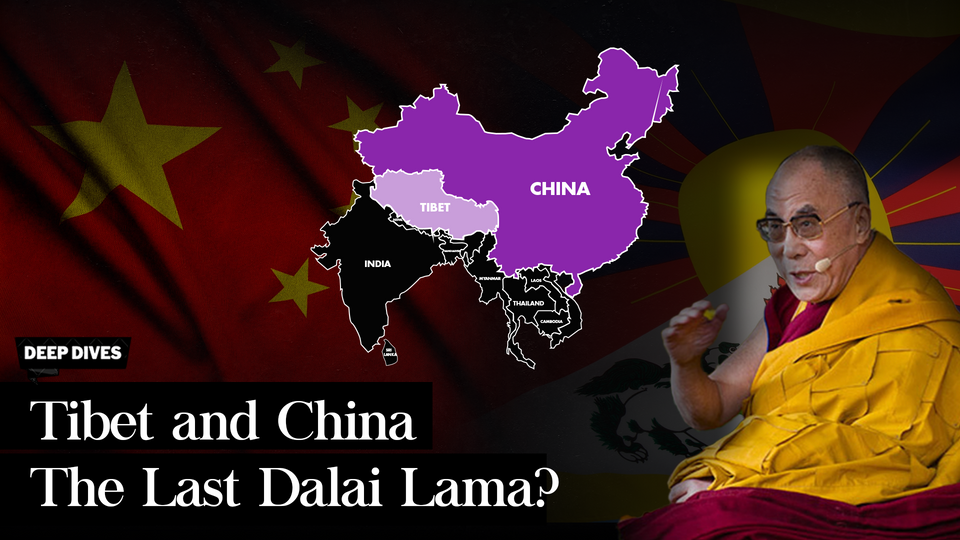
Morning all,
The Dalai Lama is one of the most recognisable faces around the world - but did you know there are very real concerns he might just be the last one?
It is a fascinating topic that incorporates religion, history, geography and politics - and we’ve done our very best to break it all down for you.
Until Monday,
Your Fixers
BACKGROUND
The Dalai Lama is the spiritual leader of Tibetan Buddhism. Tibet is officially recognised internationally as an autonomous region within the People’s Republic of China.
Tibet is nicknamed the ‘roof of the world’ - due to its towering mountains, and the region shares Mount Everest with Nepal. Those mountainous regions touch on why its status is so important to China, which we will further explore later.
WHAT'S IN A NAME?
‘Dalai’ is a Mongolic word for ocean, and ‘lama’ means master. Together, the words translate to an ocean of wisdom.
The first Dalai Lama was born in 1391, and there have been fourteen ever since. Each of them are believed to be manifestations of the Bodhisattva of Compassion, the patron saint of Tibet.
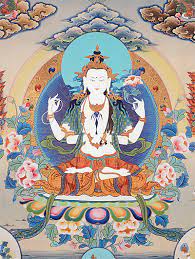
Tibetan Buddhists believe the Dalai Lama can reincarnate after death - into a body of their choosing.
THE ROLE OF A DALAI LAMA
The role of the Dalai Lama has changed over time. What began as a purely spiritual position, expanded into something quite political in recent centuries. The role has been described as a cross between a Pope and a President.
However, in 2011 the current Dalai Lama ended a 368-year-old tradition by relinquishing his position as head of political affairs. That being said, while he is now officially just the spiritual head, he remains the most influential Tibetan voice.
In Tibetan Buddhism, the Panchen Lama is the second highest spiritual figure, after the Dalai Lama.
Traditionally, the Panchen Lama would be expected to be heavily involved in identifying the reincarnation of the current Dalai Lama - who is now 86 years old - when he dies, and vice versa.
WHO IS THE CURRENT DALAI LAMA?
The Dalai Lama is one of the world’s most famous people.
He has 19.2 million followers on Twitter, 13 million on Facebook and two million on Instagram.
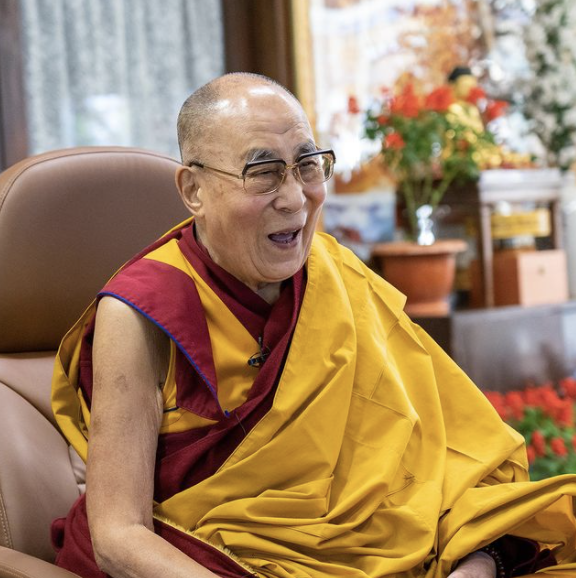
The current Dalai Lama is the 14th - and is a man originally called Lhamo Thondup. He was born in Tibet in July 1935, to a farming family in a small village.
His mother gave birth to 16 children, and he was one of seven who survived. At the age of just two, Lhamo Dhondup was ‘found’ by monks - and identified as the reincarnation of the previous Dalai Lama.
HOW WAS HE ‘FOUND’?
The Dalai Lama was found using a centuries-old tradition.
Tradition: The search for the next Dalai Lama begins when the Dalai Lama dies - and can be based on signs given by the former Dalai Lama prior to his death. In the event that no signs were given, a lamas (a monk or buddhist priest) will travel to Lhamo Lhatso, a sacred lake in Tibet.
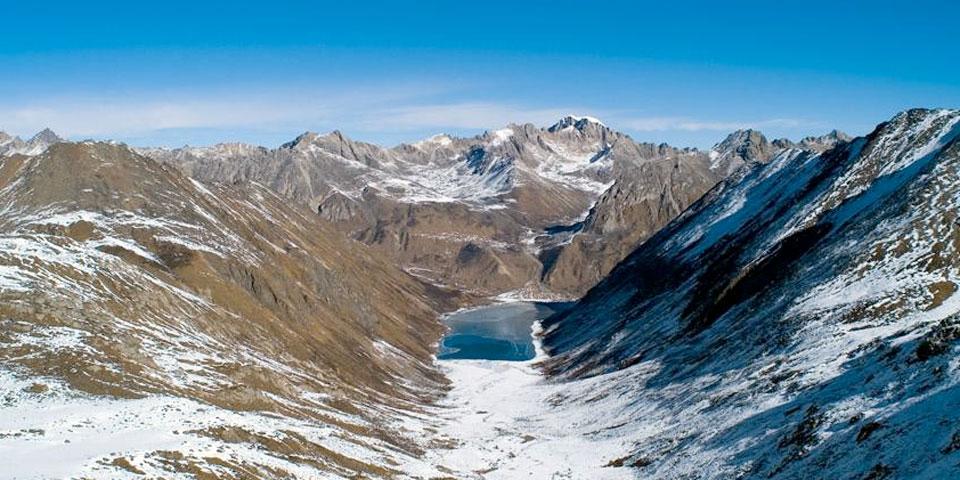
Once at the lake, the lamas will meditate until they have a vision of where to search. Acting upon this, they will then send out search parties looking for a “special” child born within a year of the Dalai Lama’s death. Usually they find a number of children, and test them.
Finding the 14th Dalai Lama: The 14th Dalai Lama, Lhamo Dhondup, was discovered as a two-year-old. The young child recognised a senior monk - who had disguised himself and was watching children playing.
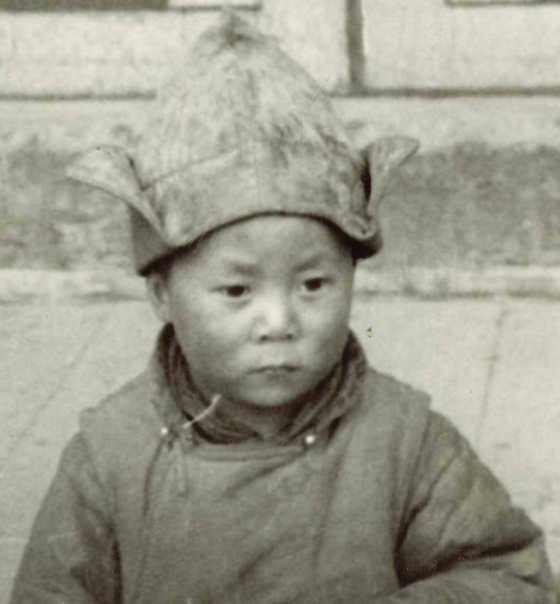
To prove that the young boy was the Dalai Lama reincarnated, he was tasked with identifying objects that had belonged to the 13th Dalai Lama. He was shown a selection of items - rosaries, walking sticks and drums - and selected the correct belongings.
Below is a photo of the Dalai Lama at the age of four at the official enthronement ceremony.
CHINA AND TIBET
As outlined by journalist and author Tim Marshall, Tibet is of significant strategic value to China. The mountainous region acts as a natural border between China and India - and the two countries have a history of disputes.
Tibet is also the source of three of China’s great rivers; and is known colloquially as ‘China’s Water Tower’. If India controlled Tibet, it would essentially control China’s Water supply.
The region grants commanding heights over China, giving it the ability to invade it. As such, Beijing views controlling Tibet as crucial to its own geopolitical security.
CLAIMS OF SOVEREIGNTY
Beijing claims a centuries-old sovereignty over Tibet - and in 1910 acted upon this; gaining control by military force. As a result, the 13th Dalai Lama fled to India.
Two years later, in 1912 when China became a republic, the Tibetans declared independence and expelled the Chinese. The 13th Dalai Lama returned to Tibet.
In 1950, when the current Dalai Lama was 15, China invaded Tibet - overwhelming the poorly equipped Tibetan troops and heralding it a “liberation”.
A year later a treaty was signed, renouncing Tibetan independence in return for religious and cultural autonomy. As part of the deal, a Chinese civil and military headquarters was established in the region’s capital, Lhasa.
ESCAPE
Tensions grew and compounded in an uprising in Lhasa in 1959 - which was quelled.
The 14th Dalai Lama subsequently escaped to India disguised as a soldier - with approximately 80,000 followers.
Once in India, he established a government-in-exile in Dharamsala, a city in the north of the country and by the edge of the Himalayas. He has lived there ever since, and is widely considered the world’s most famous political refugee.
CONTINUING TENSIONS WITH CHINA
Since 1974, the Dalai Lama has said he does not seek independence from China for Tibet, but a "meaningful autonomy" that would allow Tibet to preserve its culture and heritage.
In 1977, the Chinese government made the Dalai Lama a conditional offer; return to Tibet but accept Chinese rule. The same offer was made in 1979 - and both times was rejected.
On various occasions since then, the Chinese have imposed Martial Law and closed Tibet off to foreigners.
The Dalai Lama received the Nobel Peace Prize in 1989. It was awarded for his non-violent struggle to liberate Tibet.
Despite this, the Chinese government has described him as a “separatist”, an “imposter” and a “wolf in monk’s robes”. Beijing has even labelled him as a “secessionist chief who fools believers under the guise of religion”.
Today in Tibet, signs of loyalty to the Dali Lama can be met with arrests, jail time and even torture. In an effort to enhance its control over the region, Beijing has encouraged migration of Han Chinese - China’s majority ethnic group - into Tibet.
In January 2022, an official announcement stated those wishing to work in Tibet’s state sector must renounce the Dalai Lama and his “clique” - adding they must be “trustworthy and reliable citizens”.
Official figures are difficult to come by, but the Free Tibet movement claims that in the wider Tibetan region, Tibetans are now a minority.
According to a UN report, since 2009 154 Tibetans have burned themselves alive in protest at Chinese rule, including 128 men and 26 women.
THE PANCHEN LAMA
As mentioned earlier, the Panchen Lama is the second most important figure in Tibetan Buddhism.
The 10th Panchen Lama died in 1989. Six years later on May 14 1995, the current Dalai Lama anointed a 6-year-old boy, Gedhun Choekyi Nyima, as the 11th reincarnation of the Panchen Lama.
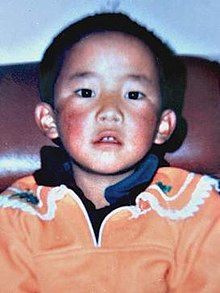
A few days later - reportedly the 17th of May - the boy and his family disappeared and have not been seen publicly since.
Denouncing the appointment at the time, China said the young boy was not chosen according to tradition. Acknowledging they were responsible for his whereabouts, Chinese authorities in recent years said he is “growing up healthy and does not want to be disturbed”.
Instead, China claimed another young boy of a similar age was in fact the Panchen Lama, something most Tibetans don’t recognise. He has been largely raised in seclusion in Beijing.
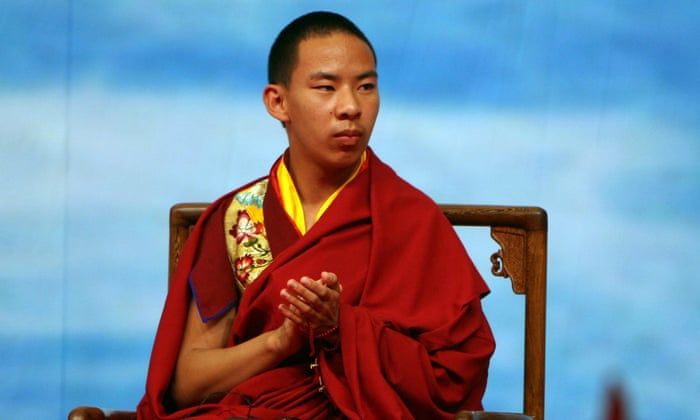
In 2010, Beijing’s Panchen Lama was elected Vice President of the Buddhist Association of China, and at a conference said he “would uphold the leadership of the Communist Party of China”. He has occupied an increasingly high profile role, often appearing at important events in Beijing.
GEDHUN TODAY?
30 years after the birth of the disappeared Panchen Lama, BBC News aired a piece showing what an expert in facial ageing thought Gedhun might look like today.
In 2020, China’s Foreign Ministry spokesperson said the boy is now a college graduate, has a job and neither he nor his family wish to be disturbed in their “current normal lives”.
Marking the 25th anniversary of his disappearance, the Tibetan government in exile said China’s abduction of the Panchen Lama is a “gross violation of human rights”. The then-US Secretary of State, Mike Pompeo, called on Beijing to make his whereabouts public.
THE NEXT DALAI LAMA
When the Dalai Lama dies, traditionally the Panchen Lama would usually be tasked with finding the reincarnated Dalai Lama, and vice versa. However, this may prove problematic - and the Dalai Lama is reportedly concerned his death will spark a religious crisis in Asia.
Chinese authorities say the reincarnation of a Dalai Lama “must comply with Chinese laws and regulations” and is subject to approval. However, it is highly unlikely that Tibetans would accept Beijing’s choice.
The Dalai Lama’s own official website clearly warns “no recognition or acceptance should be given to a candidate chosen for political ends by anyone, including agents of the People’s Republic of China”.
His succession has become a feature of political tensions. Neighbouring India - with whom China holds increasingly frosty relations - may soon declare that only the Dalai Lama can select his successor. The Dalai Lama himself has suggested he could be reincarnated in a “free country” - which presumably includes India.
In January 2020, in what The Guardian described as a “direct shot at China”, US lawmakers passed a bill establishing that the succession of a 15th Dalai Lama should be left solely to the Tibetan Buddhist Community.
The bill states that if Chinese officials interfere they will be subject to sanctions under the Global Magnitsky Act.
SO, WHAT WILL HAPPEN?
The Dalai Lama has said that when he is about 90 years old he will “consult with” leading Lamas, and the Tibetan people and others “whether the institution of the Dalai Lama should continue after him”. Suggesting that, potentially, he could be the final Dalai Lama.
In 2011 he said in a statement that "the person who reincarnates has sole legitimate authority over where and how he or she takes rebirth” - adding that if he chose to reincarnate, the responsibility for finding the 15th Dalai Lama will rest on the Gaden Phodrang Trust. This is an India-based group he founded after going into exile to preserve and promote Tibetan culture.
"It is particularly inappropriate for Chinese communists, who explicitly reject even the idea of past and future lives, let alone the concept of reincarnate Tulkus, to meddle in the system of reincarnation and especially the reincarnations of the Dalai Lamas and Panchen Lamas." - Dalai Lama
TWO DALAI LAMAS?
Analysts say reincarnation would be unlikely to take place in Tibet, not least because of the contested reincarnation of the Panchen Lama in the 1990s.
Regardless of what the Gaden Phodrang Trust says, Beijing will likely select a new Dalai Lama in Tibet who supports the Communist Party.
Potentially, this could lead to a situation where there are two Dalai Lamas.
THE LATEST
The idea of a female Dalai Lama has been raised - and the Dalai Lama said in 2015 “if a female Dalai Lama comes, she should be more attractive”.
He later apologised in 2019 - and described the remarks as a joke. But jovial or not - it remains unclear whether the 15th Dalai Lama continues a tradition of being male.
The plan remains that the Dalai Lama will consult with leading voices on his succession when he reaches the age of 90. Currently he is 86 - and as of yet there are no public updates in regard to his thinking. The discussion could well be premature - according to the Dalai Lama’s own prophecy, he could live to 113.
RETURN TO TIBET?
There remains one other slim possibility - that the Dalai Lama could return to Tibet. In recent interviews he has been reluctant to criticise China’s leadership - stating that “as a simple Buddhist monk, I don’t want to be part of the political complication”.
Separately, he underscored that he is “not seeking separation from China. I am committed to my middle-way approach whereby Tibet remains within the People's Republic of China enjoying a high degree of self-rule or autonomy”.
For now, tensions remain high - and the Dalai Lama remains in India. We will be keeping an eye on this story - and if there are any updates, we will be sure to let you know.
We hope you found this piece helpful and interesting! If you are enjoying our free platform, please ensure to spread the word about NewsFix with those friends and colleagues of yours you know would love it ✌🏽
